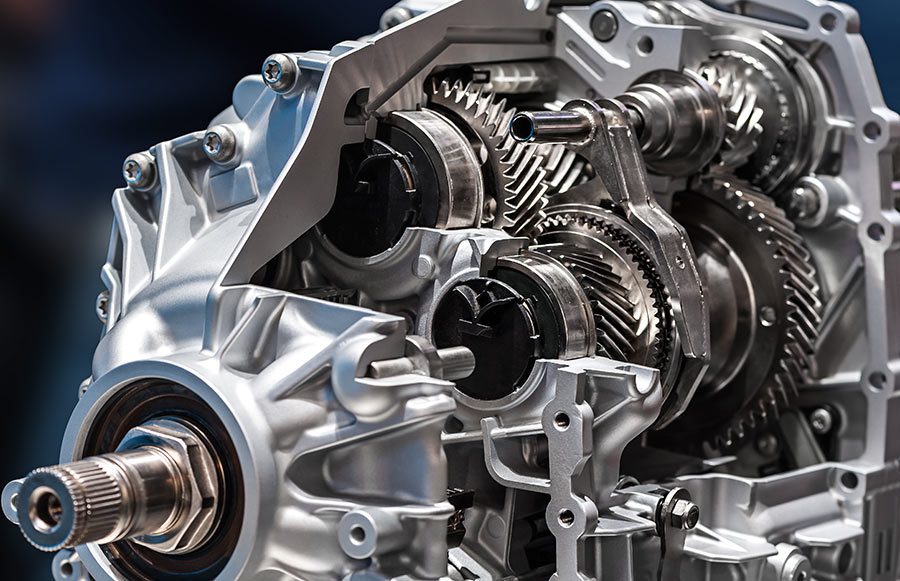Engine technology has come a long way since its invention. Today, there are a wide variety of engines available for different applications. Knowing the different types of motors, as well as their advantages and disadvantages, is essential for selecting the right engine for any given application.
There are Two Main Types of Engines: External and Internal Combustion Engines
Engines power a wide variety of machines, from cars to lawnmowers, but all engines fall into two basic categories: internal combustion engines and external combustion engines.
External combustion engines are less common and are typically used in ships, trains, and power plants. An external combustion engine uses a combustion chamber outside of the engine cylinder where a fuel/air mixture is ignited, causing hot gases to push on a piston inside the cylinder. Examples of external combustion engines include the steam engine, the Brayton cycle engine, and the Stirling cycle engine.
Internal combustion engines are the most common type of engine and can be found in almost all modern vehicles. This type of engine uses a spark plug to ignite a fuel/air mixture, creating combustion that is contained within the engine cylinder. This combustion is what powers the engine by pushing the pistons. Examples of internal combustion engines include petrol engines, diesel engines, and gas-turbine engines.
Internal combustion engines can be further divided into two categories: two-stroke and four-stroke engines. Two stroke engines, such as those found in lawnmowers and motorcycles, usually either have one or two cylinders. Four-stroke engines are used to power most cars and trucks, and they can range from single cylinder engines to as many as twelve cylinders.
Engine Layouts
Engines can also be defined by their cylinder layout. Each cylinder configuration has a set of pros and cons, making it an important consideration when purchasing a new engine.
1. V
When viewed from the front, the engine features a ‘V’ configuration, with each cylinder angled outward and connected to a single crankshaft at the base. This arrangement is typically seen in higher-end and performance vehicles, as it offers more power while taking up less space than other engines.
2. In-line
The cylinders are typically arranged in a line in an upward direction perpendicular to the car, which is a common configuration for both small and hatchback vehicles. The cylinders are aligned in a simple straight line in these engines.
3. Straight
Examining the cylinders in this engine reveals that they are positioned in parallel to the car. BMW and other high-end vehicles often utilize this type of engine, with the cylinders arranged in this way.
4. VR and W
VR and W engine cylinders are designed to be so close together that they appear to be compacted into a single block. At the base, the W configuration connects two banks of VR engines. This type of engine and set up is rarely used in modern cars.
5. Boxer/Flat
The boxer engine, also known as a Flat engine, uses cylinders that are laid down on their side in two banks, pointing away from each other. This lowers the center of gravity, giving the car improved handling. Sportscars typically feature this engine layout.
6. Rotary
The Rotary engine is a compact and small engine that does not use pistons, but rather rotors. Its unique inner shape is curved and oblong-shaped, and the central rotor spins in only one direction. The Rotary engine is not widely used as it has a design limitation which results in low torque levels.
Conclusion
No matter what type of engine you choose, it’s important to select the best option for your application. Consider your budget, the power output you need, and the size of the engine before making a decision. By understanding the different types of engines, you can make an informed choice that will best meet your needs.


